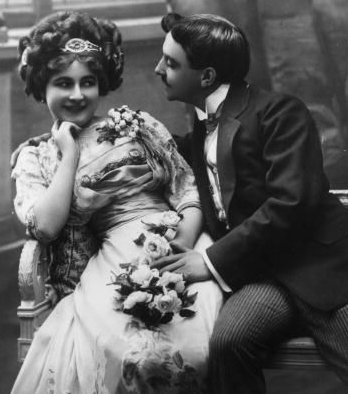Been busy and not writing for the 15 days of CNY.
Busy holidaying, or rather lazing around and also busy settling some unforeseen mess in my department.
Yesterday, I had 8 C-Sections through out, with 5 of them being elective ones.
I really glad to help, because at some point of my life, I gotta need somebody's help.
By then, hopefully, I won't be disappointed.
During CNY, relatives do not talk about normal regular good doctor anymore, and started to turn their focus on specialty, without realizing that it is those regular good doctors who orchestrated the treatment from different specialty ('cook') in avoiding spoiling 'the soup' of health.
Here's a specialty, just for the foot - podiatry.

and also some tips for buying great shoes.The main aim of a Podiatrist is to assess, diagnose and treat abnormalities and diseases of the lower limb
Podiatrists treat people of all ages and from all walks of life. Some examples of this are:
Children sometimes have pains in their legs or feet as they grow or have problems walking.
People with diabetes may have problems with the circulation or sensation in their feet.
Sports men and women often suffer from injuries to their legs and feet.
Dancers with long hours rehearsing and performing put stress through their feet that can cause injury.
People needing minor surgery - some nail surgery or laser treatment
People wanting advice - some people do not need treatment but just want advice about footwear or foot health.
They will:
Assess and treat footcare ailments, ranging from problems such as verrucas to deformity
Analyse a persons walk or run and correct the anatomical relationship between the different segments of the foot. Orthotics-custom made soles-are often prescribed to achieve this
Monitor and manage foot problems and deformities caused by diseases such as rheumatoid arthritis Advise and treat patients at high risk of foot problems and amputation such as people who suffer from diabetes Nail surgery using local anaesthetics.
16 POINTS FOR A SUPER SHOE
1. A GOOD shoe does not depend on its price, its brand or the shoe shops reputation…it is just as easy to buy a good pair of cheap trainers from a supermarket…it is merely the fit and function of the shoe with your foot in it!
2. New shoes should always be bought in the afternoon, when your feet have had time to swell.
3. In winter buy your shoes when you have had a good walk around the shops, and your feet are warm.
4. Measure your feet both for the length and the width
5. Ask a trained shoe fitter for their advice.
6. A newly fitted shoe should be 12-16 mm longer than your longest toe…not necessarily your big toe.
7. Do not purchase slip on shoes, as they are usually too tight, they stay on your foot by you curling up your toes when walking.
8. All shoes should fasten onto the feet with straps, Velcro or laces.
9. Shoes should be firmly held on the feet when fastened and shake off easily when not fastened.
10. Heels should be not more than 4cm high, lower in children.
11. Heels should have a broad base and have shock absorbency.
12. Shoes should fit exactly around the back of the heels.
13. Natural material uppers are best such as leather, suede or firm cotton.
14. The toe of the shoe should be foot shapes (no winkle pickers) to allow room for the toes to move around.
15. If you are buying shoes to wear an orthotic with, then take your orthotic with you – you really should be wearing them!
16. If you are buying a shoe to take to the Podiatrist to have a new orthotic (insole) sometimes a good shoe shop will allow you to buy 2-3 pairs and take back the ones that are unsuitable.




























